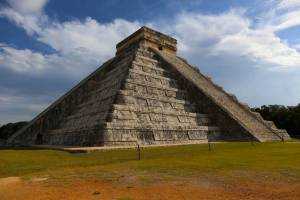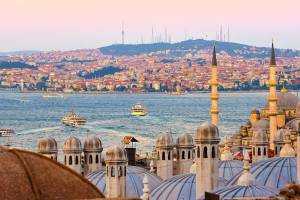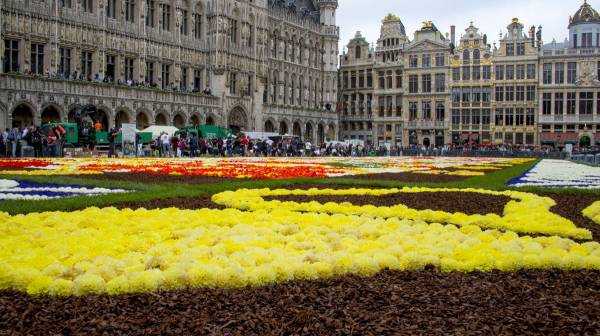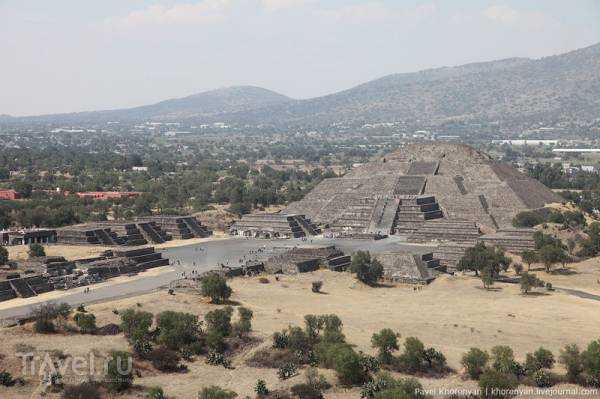
Teotihuacan – Palenque – Tikal
As is known, many ancient pyramids have been preserved in Central America.
Archaeological excavations and ruins usually do not interest me very much and are primarily attracted by their scale. Therefore, I usually do not delve into what each piece of knowledge meant and what it was used for. So from now on there will be just photos, without unnecessary words.
Teotihuacan is an abandoned city located 50 kilometers northeast of Mexico City.



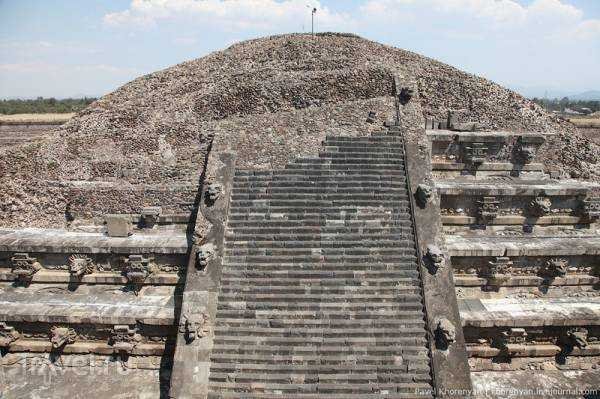
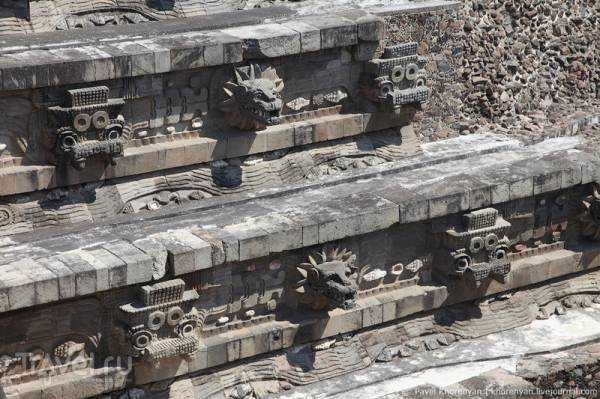
The Pyramid of the Sun is the largest building in the city of Teotihuacan.
The height of the pyramid is 64.01 meters.





The Pyramid of the Moon, the second largest building in Teotihuacan, is clearly visible from above.
The Pyramid of the Moon was built between 200 and 450 CE. The pyramid's stairs lead to the Avenue of the Dead, and at the top is a platform used for ritual ceremonies in honor of Chalchiuhtlicue, the goddess of water and the Moon.
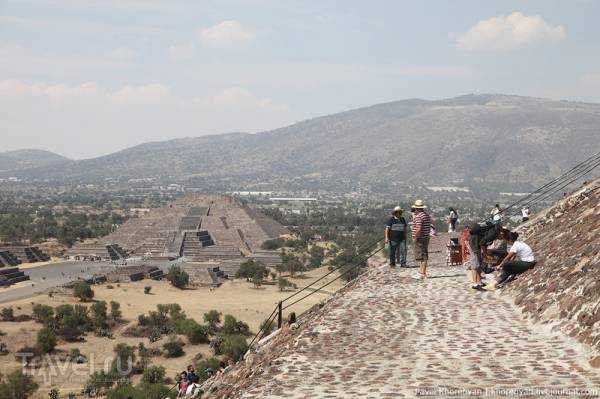

From Mexico City I took the night bus to San Cristobal de las Casas, where I spent literally a couple of hours.
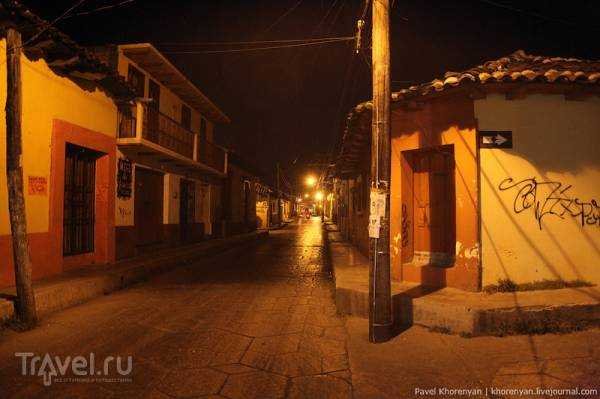
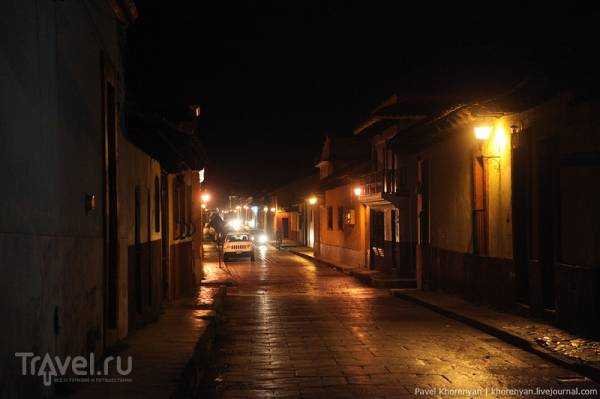
From San Cristobal to Palenque is a stone's throw - only 220 km along mountain serpentines. But the road is very dangerous and therefore no one drives on it - the state of Chiapas is not very calm and there is a high probability of being robbed. Buses have to make a big detour and get to Palenque through the cities of Tuxtla Gutierrez and Villahermosa. It is long, but safe.
Palenque is the largest ruins of an ancient Mayan city. More than a thousand buildings have been discovered here, occupying a total of 15 square kilometers; only a portion of them have been studied and restored in detail. The main buildings date back to 600-800 AD.

The Temple of the Inscriptions is a pyramid with a total of 69 steps, corresponding to the number of years of King Pakal's reign.
The walls of the temple are decorated with relief images and covered with hieroglyphs. It is from these hieroglyphs that the temple received its name.
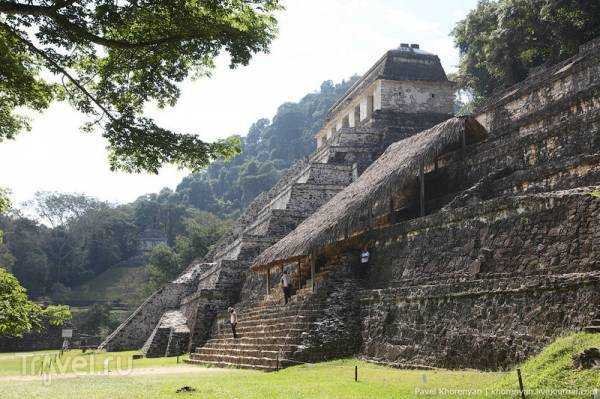

In 1952, a tomb containing Pakal's sarcophagus was found inside the pyramid.
Archaeologists were particularly drawn to the image on the lid of the sarcophagus, which depicted a man operating some kind of incomprehensible mechanism.
The most fantastic version was put forward by the Swiss writer Erich von Daniken, who suggested that the figure depicted on the sarcophagus "is an exact copy" of an astronaut sitting at the control panel of a spaceship, holding one foot on the pedal and looking at the instruments located in front of him.
Thanks to the Swiss, this image has become associated with a flight in a single-seater spacecraft, while archaeologists see nothing unusual in it...
A replica of the sarcophagus lid is sold on every corner here.

The residence palace of the rulers of Lakam-Ha and the observatory tower.
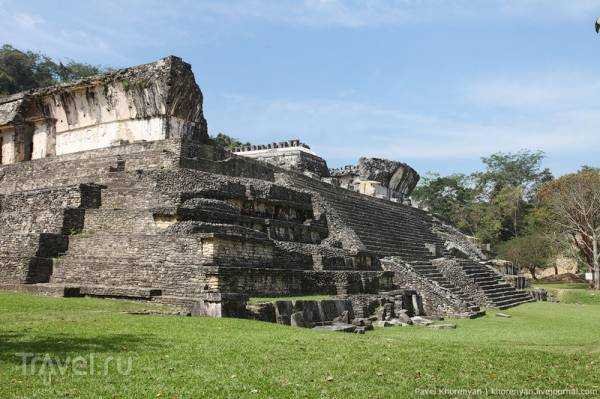

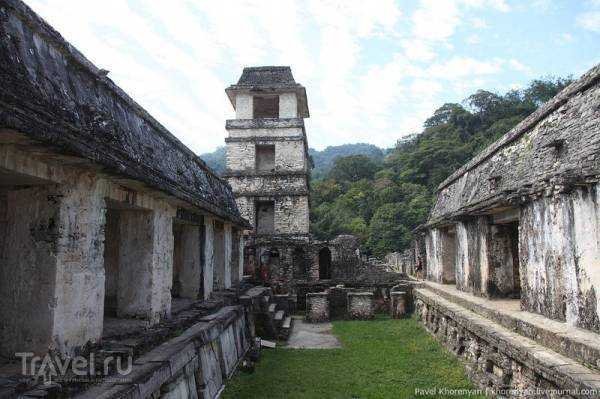
The Temples of the Cross group is formed by three pyramids: the Temple of the Sun, the Temple of the Cross and the Temple of the Foliated Cross. The complex was built by Pakal's son, Kan Balam II in 692.



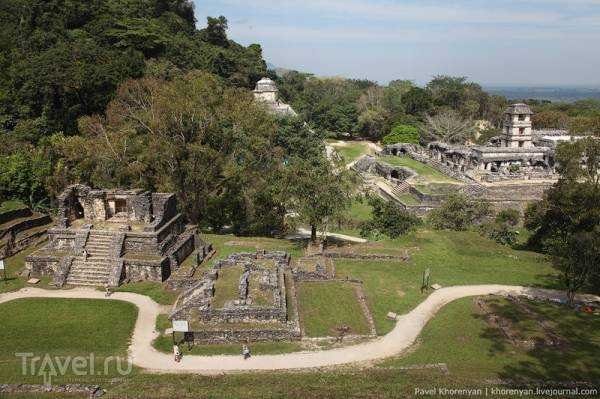
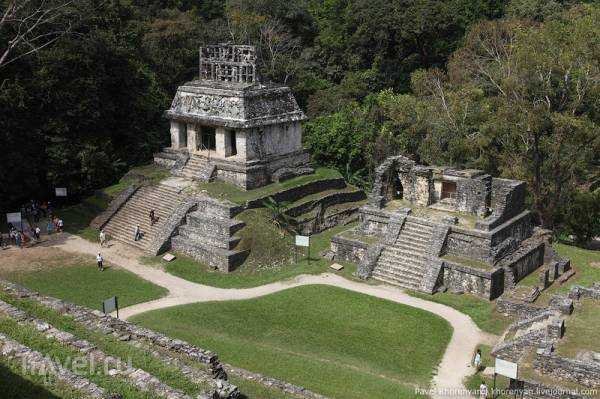
Source: travel.ru






